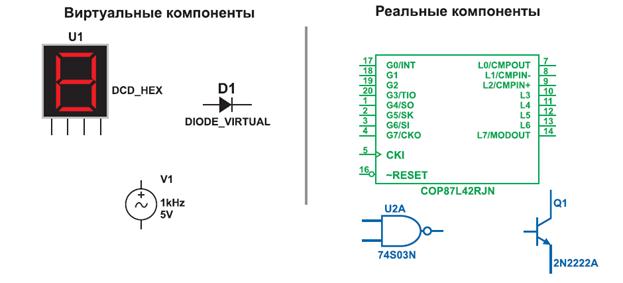POLYMER BEADS WITH EPOXY GROUPS - SYNTHESIS & MODIFICATION
Ksiezniak K.
Maria Curie-Sklodowska University, Lublin, Poland. second-year PhD student. kateksiezniak@gmail.com Scientific adviser: Gawdzik B.
1. INTRODUCTION In the recent years a family of polymer materials was intensively developed. Polymers have become the backbone of a modern industry [1]. Advances in the field of polymer science have paved the way for many pharmaceutical and cosmetic technologies [2]. Following these trends my research resulted in synthesis of variety of copolymer materials differing in size, shape and ordering of the pores. Properties of these polymers make it attractive for diverse industrial applications [3, 4]. In my work I present the study on characteristic of various new materials of glycidyl methacrylate (GMA) series. 2. EXPERIMENTAL Polymer beads were produced by suspension polymerization process. 3. RESULTS Properties of the synthesized polymer beads were characterized using standard methods: nitrogen adsorption/desorption and laser diffraction with Mastersizer 2000. Pore size distribution was calculated from the N2 adsorption isotherms using BJH method. Particle sizes were defined using innovative laser diffraction technology. For GMA copolymer series the surface area were in the range of 0.14-333 m2/g. The lowest value was obtained for polymer which was synthesized using poly(styrene) solution. The use of the poly(styrene) as a porogen lowers the porous properties of polymer. The best results were acquired for pure toluene. The amount of epoxy groups was measured by titration with sodium hydroxide. The highest value of epoxide content was 4.2 mmol/g for GMA-TRIM (in 5:1 ratio) sample. The results of the research are satisfactory and the characteristics of the new polymers indicate that they can be used in drug and cosmetics delivery systems.
References: [1] Qiu W., Zhang K., Liu J., Koros W.J., Sun Q., Deng Y. Polymer 51, [2] Kandavilli S., Nair V., Panchagnula R. Pharmaceutical 5, 62-80 (2002) [3] Hradil J., Benes M.J., Plichta Z. Reactive & Functional Polymers 44, [4] Ferreira A., Bigan M., Blondeau D. Reactive & Functional Polymers 56, 123-136 (2003)
|




